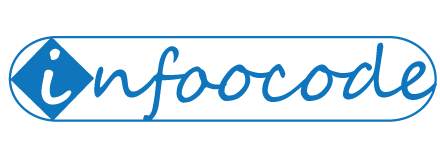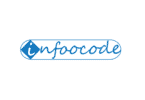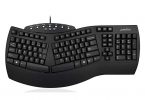Relational and object-oriented databases serve different purposes and have their own advantages and disadvantages Download the yum dependency package. When choosing the right type of database for your needs, keep these factors in mind:
Contents
1. Data model and structure:
• Opt for a relational database if your data can be organized into tables with rows and columns, and relationships between tables need to be established using primary and foreign keys Download the intern integrated subtitles. Relational databases excel with structured data and well-defined schemas.
• Choose an object-oriented database if your data is composed of complex objects with attributes and methods 윈도우 10 레드스톤 4. These databases are built to manage intricate data structures, hierarchies, and object relationships, making them ideal for unstructured or semi-structured data 피날레 2010.
2 MotionJoy. Query language and user-friendliness:
• Relational databases generally use SQL (Structured Query Language), a robust and widely accepted standard for data querying and manipulation. If you’re comfortable with SQL or need advanced querying features, a relational database might be the better option.
• Object-oriented databases employ object query languages (OQL) or native programming language APIs for data interaction. This can simplify working with data in a way that aligns with your chosen programming language but may necessitate learning OQL or specific APIs if you’re unfamiliar with them.
3. Performance and scalability:
• Relational databases are generally more adept at handling large datasets and complex queries, as they are designed for transactional processing and can be optimized for read-heavy or write-heavy workloads. They also support ACID (Atomicity, Consistency, Isolation, Durability) properties to ensure data consistency and integrity.
• Object-oriented databases might offer better performance when working with complex objects, as they can store and retrieve objects more efficiently without requiring object-relational mapping. They may also be better suited for applications with high concurrency or real-time processing demands.
4. Application domain:
• Relational databases are well-suited for applications like financial systems, inventory management, and customer relationship management, where structured data and relationships between entities are crucial.
• Object-oriented databases are better suited for applications that involve complex objects, such as computer-aided design (CAD), multimedia, and geographic information systems (GIS), where data structures and their relationships are more intricate and hierarchical.
In the end, deciding between a relational database and an object-oriented database will depend on your application’s specific requirements, such as the data model, query capabilities, performance, scalability, and domain. In some situations, a hybrid approach using both relational and object-oriented databases or a multi-model database could be the most effective solution to meet your application’s needs.






Leave a Comment